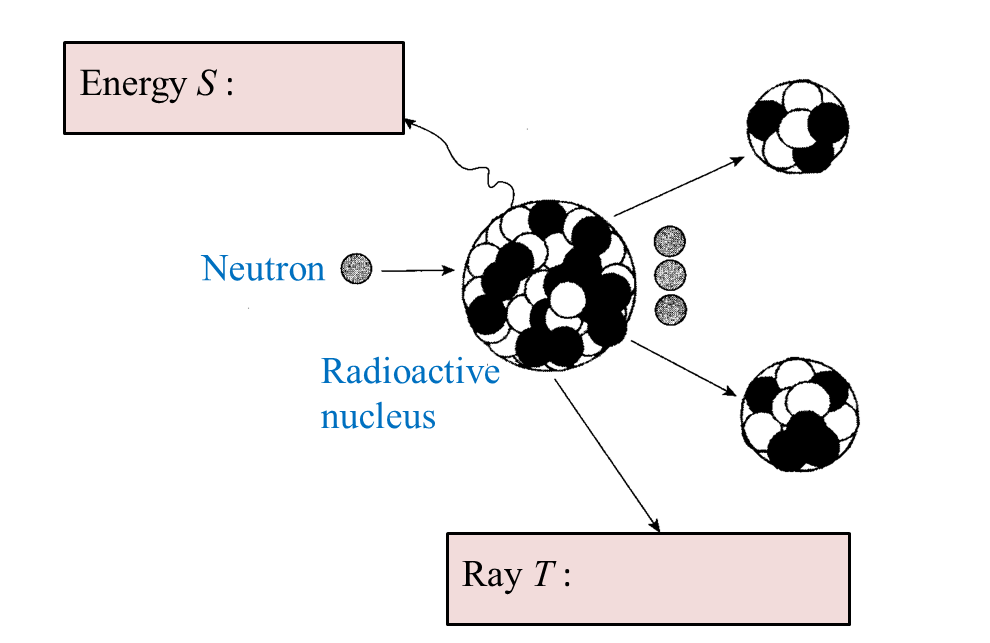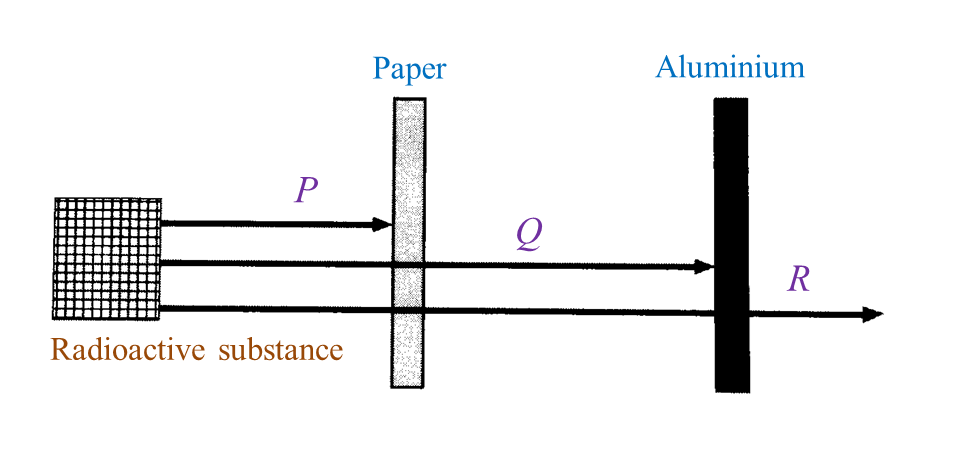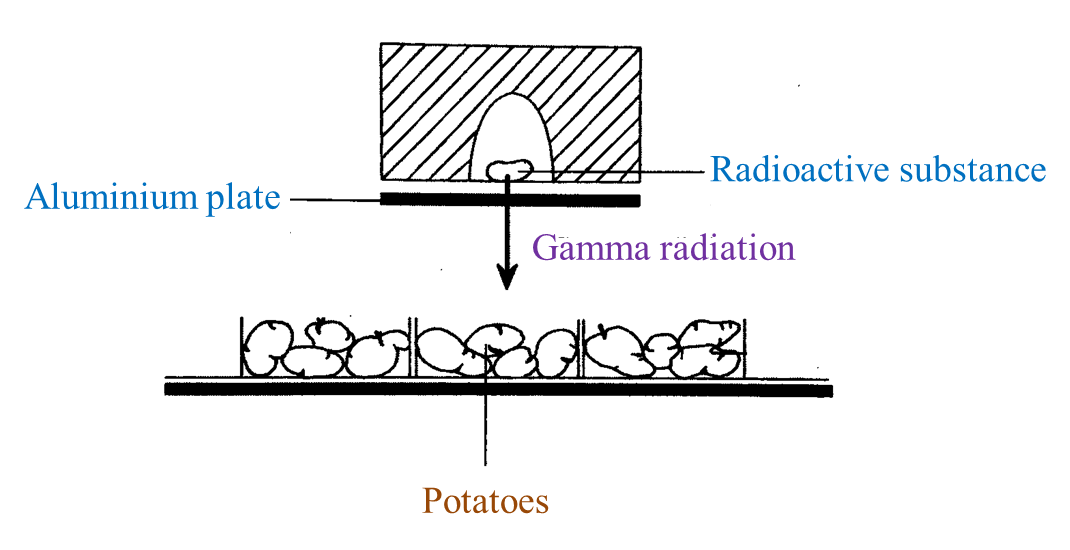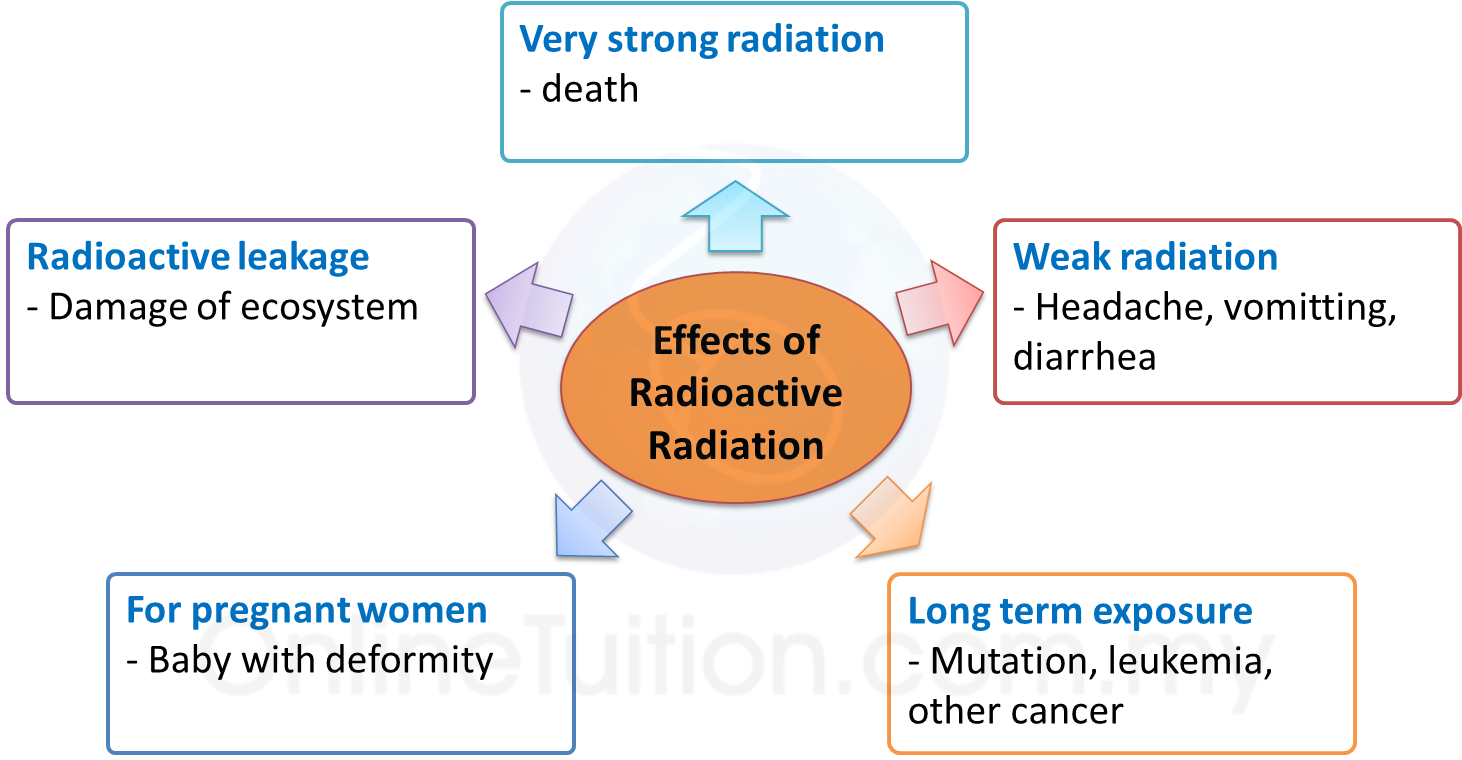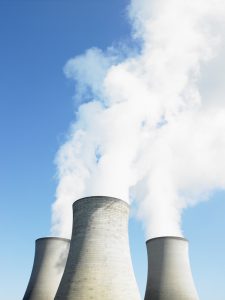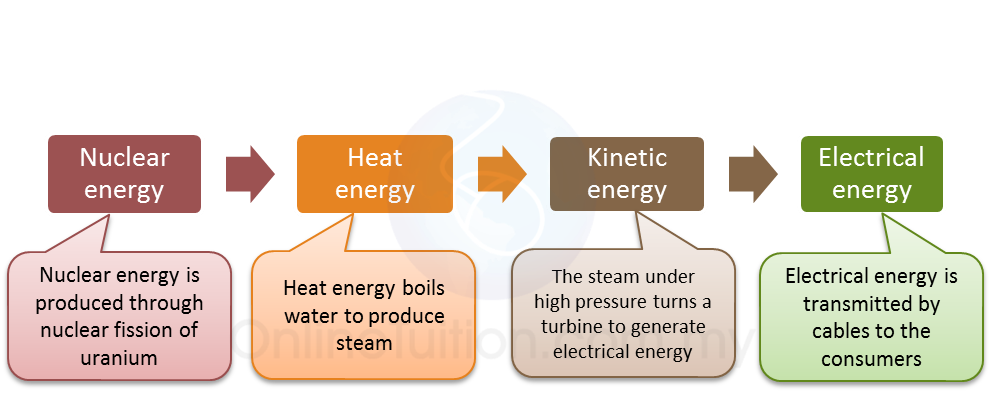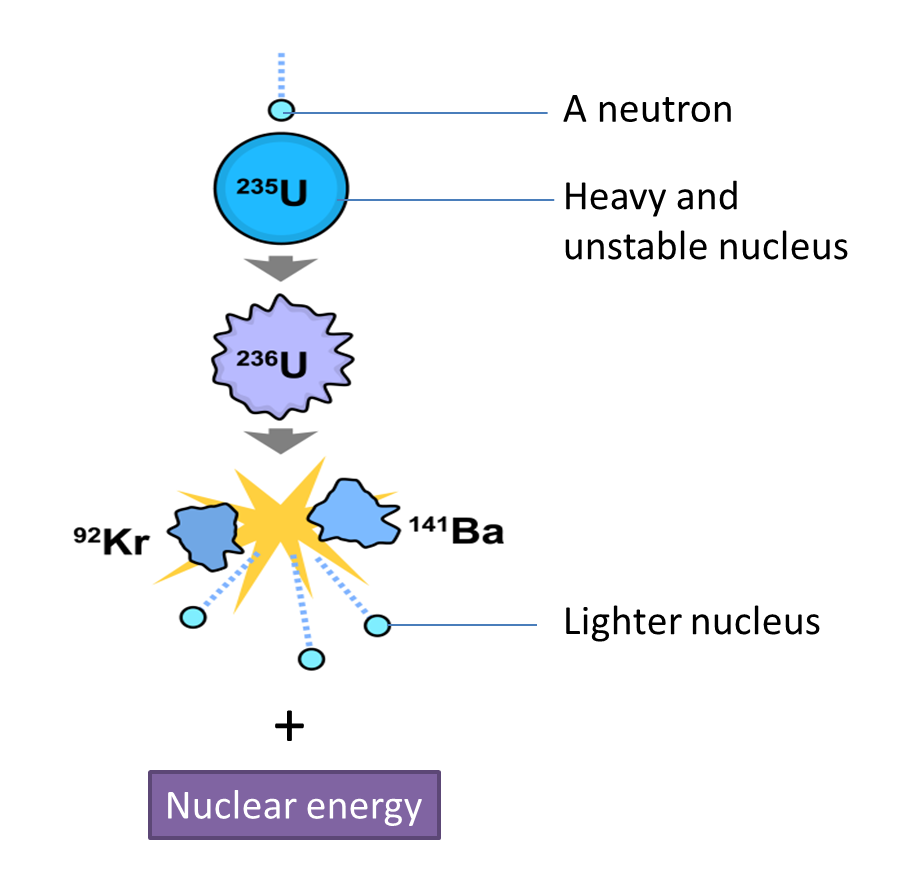Question 1:
(a) Diagram 1.1 and 1.2 shows activities which involved the radioactive substances.

(i) State the radioactive radiation used in medical field in Diagram 1.1. [1 mark]

(ii) State the uses of Carbon-14 in Diagram 1.2. [1 mark]
(iii) State one effect of nuclear explosion to human being. [1 mark]
(iv) What substance is used to make a container to keep radioactive substance safe? [1 mark]
(b) Diagram 1.3 shows the nuclear power station.
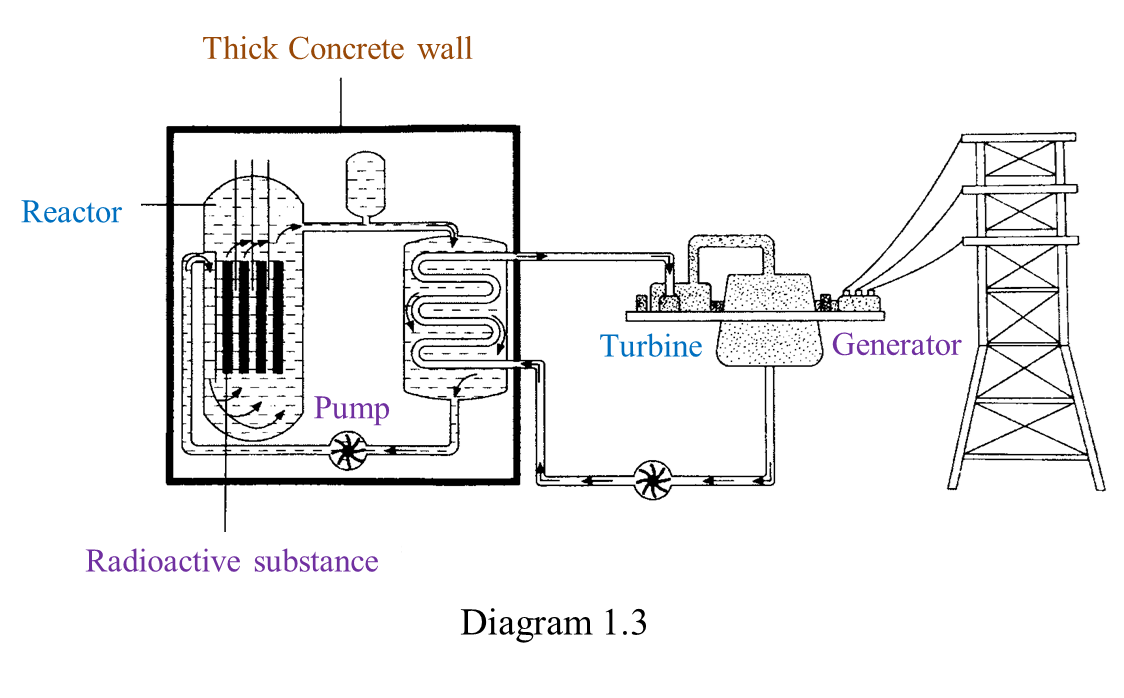 (i) Name the radioactive substances used in Diagram 1.3. [1 mark]
(i) Name the radioactive substances used in Diagram 1.3. [1 mark]
(ii) State the energy generated from the power station in Diagram 1.3. [1 mark]
Answer:
(a)(i) Gamma radiation
(a)(ii) To estimate the age of ancient objects
(a)(iii) Can cause serious health problems or even death
(a)(iv) Thick concrete/ Thick lead
(b)(i) Uranium-235
(b)(ii) Electrical energy
(a) Diagram 1.1 and 1.2 shows activities which involved the radioactive substances.

(i) State the radioactive radiation used in medical field in Diagram 1.1. [1 mark]

(ii) State the uses of Carbon-14 in Diagram 1.2. [1 mark]
(iii) State one effect of nuclear explosion to human being. [1 mark]
(iv) What substance is used to make a container to keep radioactive substance safe? [1 mark]
(b) Diagram 1.3 shows the nuclear power station.
 (i) Name the radioactive substances used in Diagram 1.3. [1 mark]
(i) Name the radioactive substances used in Diagram 1.3. [1 mark](ii) State the energy generated from the power station in Diagram 1.3. [1 mark]
Answer:
(a)(i) Gamma radiation
(a)(ii) To estimate the age of ancient objects
(a)(iii) Can cause serious health problems or even death
(a)(iv) Thick concrete/ Thick lead
(b)(i) Uranium-235
(b)(ii) Electrical energy
